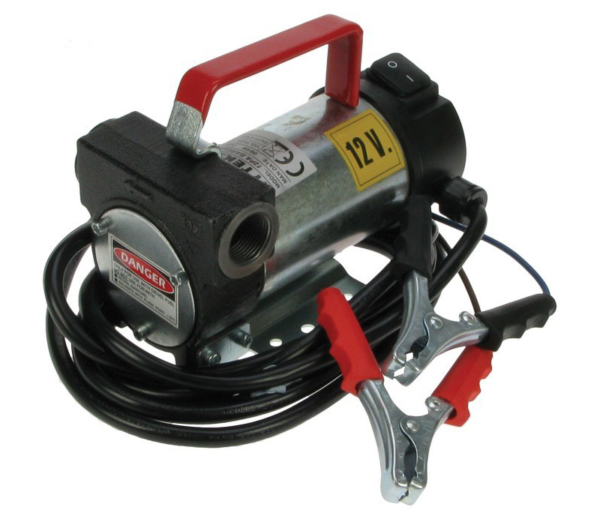THERE are many fuel pump options on the market so finding the right one for a specific fuelling situation should be fairly straightforward. Many pumps offer a variety of features designed to address the fuelling needs for a variety of vehicle and fuel types. To make the best choice, it’s wise to be familiar with these factors before making a decision.
No matter which choice is made, keep in mind that the regulations for use and storage of vehicle fuels are quite strict and failure to follow them can result in a civil fine of up to ₤5,000. For the purpose of the Control of Pollution (Oil Storage) regulations which went into effect in 2005, fuel tanks that store more than 200 litres above ground at an industrial, commercial or institutional site are considered ‘storage units’ and need to be in compliance with these standards. If your pump unit holds 200 or more litres, the regulations apply to that unit too. Both petrol and diesel are included as controlled fuels.
Fuel type
Fuel transfer pumps are usually designed to handle different fuels, including diesel, petrol, and kerosene. Be sure to specify which fuels you will be using to ensure the pump is designed for dispensing that fuel.
Speed of fuel delivery
Controlling the flow rate on any pump means balancing speed of flow with the capacity of the tank into which it is going. If the flow is too fast for the tank, the fuel can froth back into the nozzle and shut it off. A slow flow rate, however, will cause your fleet to fill up at a rate which could waste time.
The flow rate of each pump should be set for the size of vehicle it is expected to service:
- A fairly fast rate of flow – 90 litres per minute – is acceptable for larger vehicles and tanks, such as buses, heavy trucks and mining or construction vehicles.
- For smaller, but still mostly commercial, vehicles like agricultural tractors or large vans, a flowrate of up to 70 litres per minutes should suffice.
- For personal cars, light trucks or jerry cans, a flowrate of up to 50 litres per minute will fill the tanks cleanly and efficiently.
Tracking the volume of fuel dispensed
Keeping an accurate measurement of the dispensing fuel is a cost factor for many. Pumps fitted with high accuracy measuring gauges are more expensive to purchase, but will prevent losses by recording quantities more exactly. There are two types of meters available:
- Nutating disc meter
These are the less expensive option, which may reduce start-up costs, but also means more oversight over time. The type of fuel used can cause a loss of accuracy, as can the rate of flow of fuel. Accordingly, these meters require frequent checking and re-calibration to ensure they maintain an accuracy rate of +/-2%. Also, the +/-2% accuracy point can mean larger losses when larger amounts of fuel are being transferred.
- Piston meters
These meters use a different measuring mechanism so they cost more to purchase, but that higher initial investment reduces the amount of long-term oversight and potential loss. Because these meters measure displacement of fuel from the tank, and not the flow through the nozzle, they maintain accuracy regardless of the type of fuel used, or the rate at which it flows. Annual checks are still advisable.
Storage tank considerations
Like the dispensing pump, above or below-ground storage tanks are also subject to regulations. The location and capacity of the tank and its connection to the pump will have an impact on the type of pump purchased.
- Above-ground storage tanks use less energy because gravity assists in transfer to delivery pumps, but the above-ground factor increases the safety risk.
- Below-ground tanks require a stronger pump system to lift the fuel into the above-ground delivery pump. These tanks can cause problems because they are less accessible than above-ground tanks, so close monitoring of their output is required to ensure reliability.
Proper selection and installation of fuel pumps will ensure reduced loss and improved profit for any fuel dispensing business.








Leave A Comment